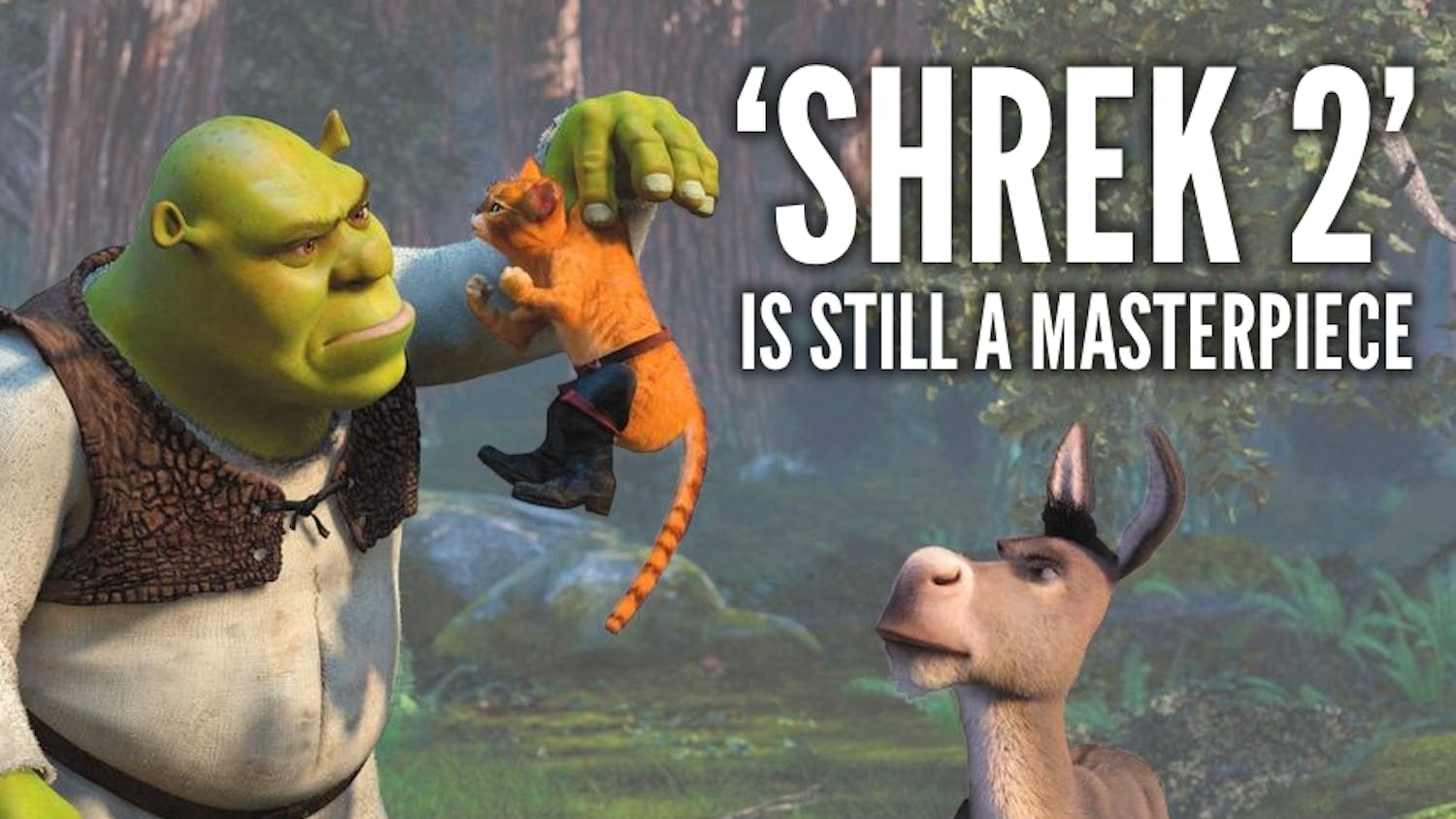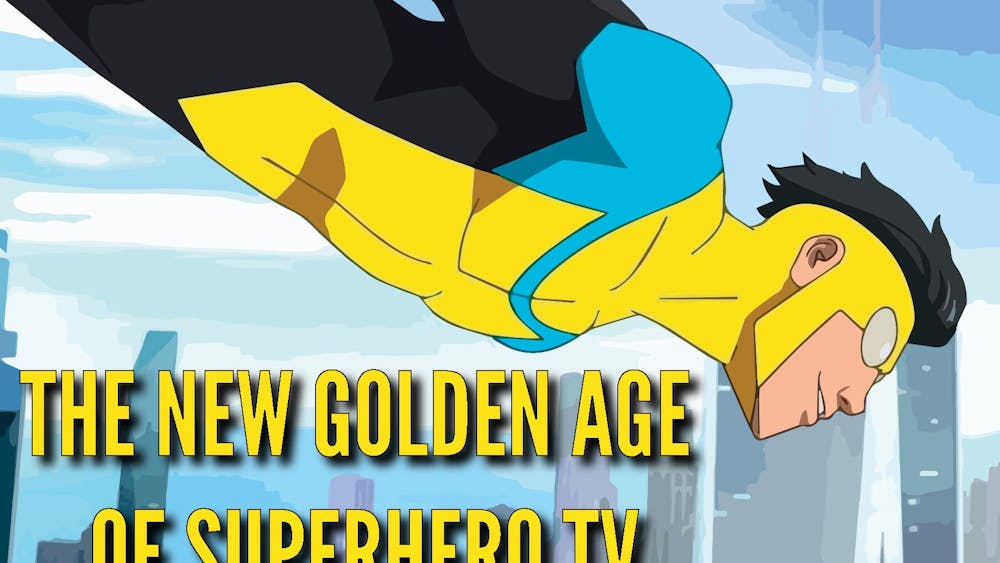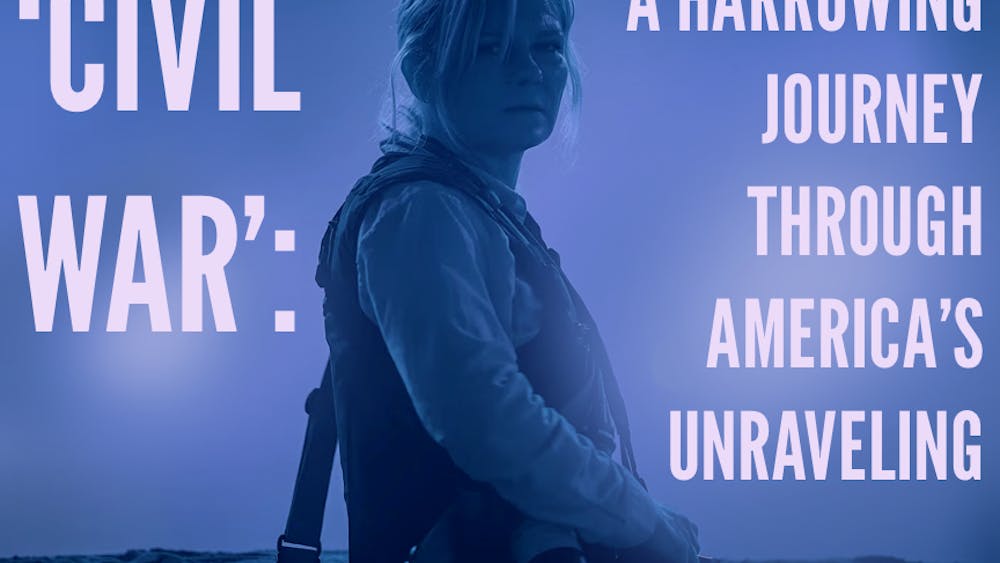
The scattered focus of human frenzy and fact is beautiful. We forget this miracle in ourselves, an unusually animated motherboard of intense intellect and confusion. It is so because we are governed by our inability to control it. So we, as tragic heroes, succumb to the ecstasy we give ourselves through pride, confidence and doubt smoked to incense.
Nothing better justified this hyperactive muse than my recent rendezvous with Baz Luhrmann’s delectable whorehouse of humanity, “Moulin Rouge!” Condemn its quickness of camera angles and music video flashiness, “Moulin Rouge!” is my guilty pleasure of sex-driven fantasies, cinematically capturing the beauty we’ve dreamt in once-upon-a-times loosened to adult excursions (behold the kinky Tinker Bell).
If one interprets the film’s sexual splash as a bankroll for the sake of pure eroticism, “Moulin Rouge!” would simply be a pornographic production shelled of its pearl. Our hopeless romantic dreamboat, Obi — I mean Christian (Ewan McGregor) — is a chess piece for biblical symbolism, because why not find comfort in the implication of faith? His is the perfect identifier for good, hearty hero qualification Luhrmann-style. This basis bears relation to Quentin Tarentino and Martin Scorsese’s lads-before-ladies signature archetype, sans the nosebleeds. However, there is tuberculosis, which brings us to the fulfillment of Luhrmann’s good/evil dynamic, Satine (Nicole Kidman).
She is the human embodiment of lust lost in love’s trying tug-of-war; Satine is Christian’s complete Other. In her career as a courtesan for the black ties and top hats that thrust themselves her way, she is temptation from sanity, from faith and from Christian. Undoubtedly considered amongst her “sisters” to be the “brightest diamond” of the Moulin Rouge, Satine’s beauty, call it a gift, serves as her bane, her weapon, because that’s the empowerment of the prostitute, her ability to slither in and out of as many men as possible while making a killing only to be killed by her screenwriter’s creativity in the end.
The film has Luhrmann’s unmistakable essence embedded in every camera angle. He is the glorious rule-breaker of Hollywood romance, forgoing the usual cliché for the unusual, and at times overused, banality. One can only imagine an employee from 20th Century Fox reading an early draft with his coffee in one hand and the script in the other, wondering whether or not his drink had been induced with pot. Experiencing “Moulin Rouge!” could be paralleled to a number of humorous metaphors, all scooping to the cheap equivalents of getting high in your local barber shop. The film is categorized as an Australian-American pastiche-jukebox musical, and the collage of musical accompaniment provides a distinct foundation for its unique approach. The action literally flashes itself in your face as though to secretly show its unmentionables, the tale of two lovers trapped in the quicksand of truth, beauty, freedom and above all, love (the word “love” and all its variations appear in the film over 100 times).
The standard secret lovers plot is a welcome simplicity in a film much about the raving visuals. Pleasantly, both Christian and Satine are a beautiful pair of well-intentioned and developed characters, as they both commence their journeys separately searching for sustenance in front of romanticism’s favorite canvas, turn-of-the-century Paris. No other actor can embody the thirst and starry-eyed gaze of promise than McGregor, who manages to breathe life into a typecast who could have very easily fell between the cracks of serious and sappy. Sporting a red-haired wig throughout the film, Kidman owns Satine with a beautiful yet vulnerable inferno. Together, they emote authentic feeling of life and love’s obstacles, pitfalls and realities within this far off dream of the Montmartre quarter of Paris.
What Luhrmann excels at in his work as a director and producer is his method of translating period pieces into relatable, contemporary works of art. The most memorable of the film’s taglines, “The greatest thing you’ll ever learn is just to love and be loved in return,” summarizes how Christian and Satine’s relationship casts away its sensibility. When one falls in love, the world is never flawed; everything on the street is outrageously colored outside of the lines like an engulfing pop-up book. “Moulin Rouge!” is the representation of passion in the lives of the hopelessly romantic, not just in terms of relationships, but as the spirit of creation to the extent of salvation.













